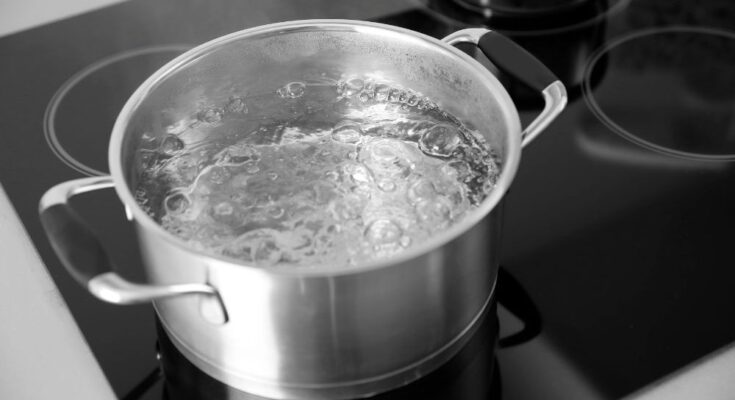We must consume clean and pure water to stay hydrated and healthy. Unfortunately, tap water contains bacteria and parasites that can threaten our health. According to the Centers for Disease Control and Prevention, ingesting contaminated water can cause various illnesses, such as diarrhea, stomach cramps, and even serious infections.
The good news is you can remove bacteria and parasites from tap water to ensure it’s safe for consumption. Let’s look at how to remove bacteria and parasites from tap water to help you stay safe and healthy.
Boiling
Boiling tap water is one of the simplest ways to purify it. All you need to do is bring the water to a rolling boil in a pot for at least one minute. Then, you can use it for cooking, drinking, or other activities. Boiling kills most pathogens, including bacteria, viruses, and parasites, making it an effective way to purify water. However, this method is not suitable for removing chemicals or heavy metals.
Chlorine Treatment
Chlorine treatment is a common method to disinfect water. Municipal water treatment plants often use this method to purify tap water. Chlorine kills most bacteria and viruses and is effective against parasites like cryptosporidium and giardia. You can use household bleach containing five to six percent chlorine to treat tap water. Add eight drops of bleach per gallon of water, stir well, and let it sit for 30 minutes before consuming.
Ultraviolet Treatment
Ultraviolet (UV) treatment is a fast and effective way to purify tap water. This method uses UV light to kill bacteria, viruses, and parasites. It’s a chemical-free method that doesn’t alter the taste and smell of water. You can buy a UV water purifier, which is easy to use and install. It uses a UV lamp to purify water and can treat up to 1 gallon of water per minute. However, this method is not suitable for removing chemicals or heavy metals.
Reverse Osmosis
Reverse osmosis (RO) effectively removes bacteria, parasites, and chemicals from tap water. This method forces tap water through a semi-permeable membrane that filters impurities. RO systems can remove up to 99 percent of impurities, including bacteria, parasites, chemicals, and heavy metals. They are available in different sizes, ranging from small household units to large models that can purify water for an entire building.
Activated Carbon Filtration
Activated carbon filters are popular for purifying tap water. This method passes tap water through a filter containing activated carbon, which removes impurities like chlorine, sediment, and volatile organic compounds (VOCs) from water. Activated carbon filters also remove bad odors and tastes from water, making it more palatable. However, this method is not suitable for removing bacteria or parasites.
Drinking contaminated tap water can lead to severe illnesses, so water purification is essential for your safety. There are many causes of waterborne diseases, and taking the necessary precautions to ensure safe and clean drinking water is important. You should use a combination of methods to purify tap water and ensure you stay healthy.



